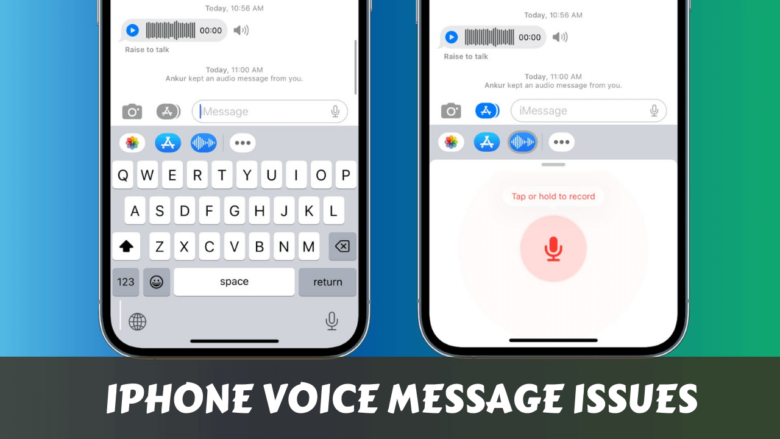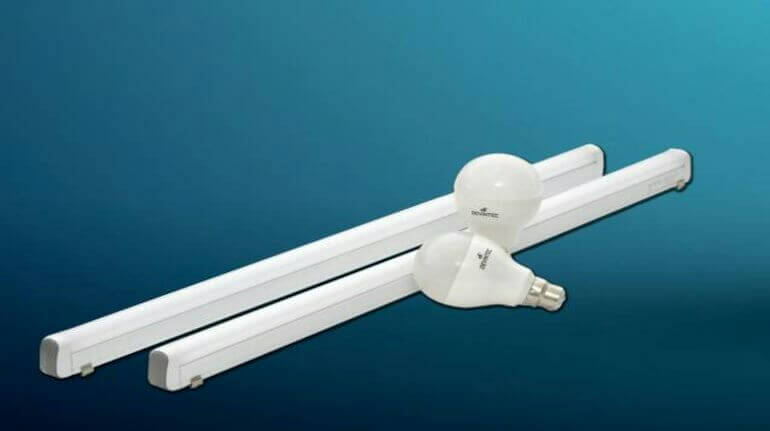“Will I ever be able to work out again?”
- The Truth About Herniated Discs and Exercise
- What Actually Happens When You Have a Herniated Disc
- Building Your Herniated Disc Recovery Morning Routine
- Phase 1: The Foundation (Weeks 1-2)
- Phase 2: Building Strength (Weeks 3-6)
- Phase 3: Getting Your Life Back (Weeks 7-12)
- 💖 You Might Also Like
- The Dos and Don’ts That Saved My Back
- DO:
- DON’T:
- My Biggest Mistakes (So You Don’t Make Them)
- When to See a Professional
- ✨ More Stories for You
- Equipment You Actually Need
- Sample 7-Day Schedule
- Tracking Your Progress
- 🌟 Don't Miss These Posts
- Real Talk: Recovery Takes Time
- FAQs About Herniated Disc Morning Workouts
- How long should my morning workout be?
- Is it normal to feel sore after exercise?
- Can I do yoga with a herniated disc?
- Should I exercise every day?
- What if I don’t see improvement after a month?
- Can I lift weights again?
- Is swimming good for herniated discs?
- Should I use heat or ice after workouts?
- The Bottom Line
That’s the question I asked my doctor after getting diagnosed with a herniated disc.
The answer changed my life.
Yes, you can work out again. But you need to be smart about it.
Here’s how I built a morning workout routine that helped me recover from my herniated disc without making things worse.
The Truth About Herniated Discs and Exercise
Most people think bed rest is the answer.
They’re wrong.
Movement is medicine. But the wrong movement can make you worse.
I learned this the hard way when I tried to jump back into my old routine too fast. Big mistake.
What Actually Happens When You Have a Herniated Disc
Think of your spine like a jelly donut. The disc is the jelly inside. When it “herniates,” the jelly squeezes out.
This puts pressure on your nerves. That’s why you feel pain, tingling, or numbness.
Exercise helps by:
- Reducing inflammation
- Strengthening muscles that support your spine
- Improving blood flow
- Releasing natural pain killers
Building Your Herniated Disc Recovery Morning Routine
Here’s the exact routine I used to get back to normal life.
Phase 1: The Foundation (Weeks 1-2)
Start here. Don’t skip ahead. Your ego will try to make you do more. Don’t listen to it.
Morning Routine:
- 5 minutes walking (inside your house is fine)
- Pelvic tilts (10 reps)
- Knee to chest stretches (10 each leg)
- Cat-cow stretches (10 reps)
- Deep breathing (5 minutes)
That’s it. Nothing fancy. Boring is good when you’re healing.
Phase 2: Building Strength (Weeks 3-6)
Once walking doesn’t hurt, add these:
Morning Routine:
- 10 minutes walking (outside if possible)
- Dead bug exercise (5 each side)
- Bird dog exercise (5 each side)
- Wall sit (30 seconds)
- Modified plank (20 seconds)
- Gentle spinal twists (5 each way)
Pro tip: If anything hurts, stop immediately. Pain is your body’s alarm system. Don’t ignore it.
Phase 3: Getting Your Life Back (Weeks 7-12)
This is where things get fun.
Morning Routine:
- 15-20 minutes walking/light jogging
- Glute bridges (10-15 reps)
- Clamshells (10 each side)
- Modified pushups (wall or knee pushups)
- Standing rows (with resistance band)
- Hip flexor stretches
- Hamstring stretches
💖 You Might Also Like
The Dos and Don’ts That Saved My Back
DO:
- Start slow (I can’t stress this enough)
- Listen to your body
- Focus on form over reps
- Warm up before every workout
- Ice after if there’s any soreness
DON’T:
- Do sit-ups or crunches
- Lift heavy weights over your head
- Twist and bend at the same time
- Exercise through sharp pain
- Compare yourself to others
My Biggest Mistakes (So You Don’t Make Them)
Mistake 1: Trying to do too much too fast I thought I could power through the pain. Ended up setting myself back 3 weeks.
Mistake 2: Skipping the warm-up “It’s just a light workout,” I told myself. Wrong move. Always warm up.
Mistake 3: Not tracking my progress I couldn’t tell if I was getting better or worse. Now I write down how I feel after each workout.
When to See a Professional
Get help if you have:
- Pain that shoots down your leg
- Numbness in your feet or toes
- Weakness in your legs
- Pain that gets worse instead of better
- Bladder or bowel problems
Don’t mess around with these symptoms.
✨ More Stories for You
Equipment You Actually Need
Keep it simple:
- Yoga mat (for floor exercises)
- Resistance bands (light to medium resistance)
- Foam roller (for recovery)
- Ice pack (just in case)
That’s it. You don’t need a gym membership or fancy equipment.
Sample 7-Day Schedule
Monday: Phase exercises + 5-minute walk
Tuesday: Gentle stretching only
Wednesday: Phase exercises + longer walk
Thursday: Rest day (or light stretching)
Friday: Phase exercises + swimming (if available)
Saturday: Longer walk + gentle exercises Sunday: Complete rest
Rest days are not lazy days. They’re healing days.
Tracking Your Progress
I use a simple system:
- Pain level (1-10 scale) before and after
- Energy level (how do I feel?)
- What exercises I did
- Any issues or wins
This helps you see patterns and know what’s working.
🌟 Don't Miss These Posts
Real Talk: Recovery Takes Time
I wanted to be “fixed” in 2 weeks. Reality check: it took me 3 months to feel normal again.
Some days were better than others. Some days I felt like I was going backwards. That’s normal.
Healing isn’t a straight line.
FAQs About Herniated Disc Morning Workouts
How long should my morning workout be?
Start with 15-20 minutes. Quality beats quantity every time. I’d rather see you do 10 minutes consistently than 45 minutes once a week.
Is it normal to feel sore after exercise?
Mild muscle soreness is okay. Sharp pain or nerve pain is not. Learn the difference. When in doubt, back off.
Can I do yoga with a herniated disc?
Yes, but avoid deep twists and forward bends. Stick to gentle poses. Cat-cow and child’s pose are your friends.
Should I exercise every day?
Not necessarily. Your body needs rest to heal. I recommend every other day when starting out.
What if I don’t see improvement after a month?
Time to see a physical therapist or your doctor. Everyone heals differently, and you might need professional guidance.
Can I lift weights again?
Eventually, yes. But start with bodyweight exercises first. Work your way up slowly. No ego lifting.
Is swimming good for herniated discs?
Swimming is fantastic. The water supports your weight while letting you move freely. Just avoid aggressive strokes like butterfly.
Should I use heat or ice after workouts?
Ice for acute pain or swelling. Heat for stiff, tight muscles. When in doubt, ice is usually safer.
The Bottom Line
Creating a morning workout routine for herniated disc recovery isn’t about being a hero.
It’s about being consistent. It’s about listening to your body. It’s about playing the long game.
I know it’s frustrating when you used to be able to do so much more. I’ve been there.
But here’s what I learned: slow progress is still progress.
Your body wants to heal. Give it the right conditions, and it will.
Start with the basics, stay consistent, and trust the process.
Your back (and your future self) will thank you for creating a sustainable morning workout routine for herniated disc recovery.






















